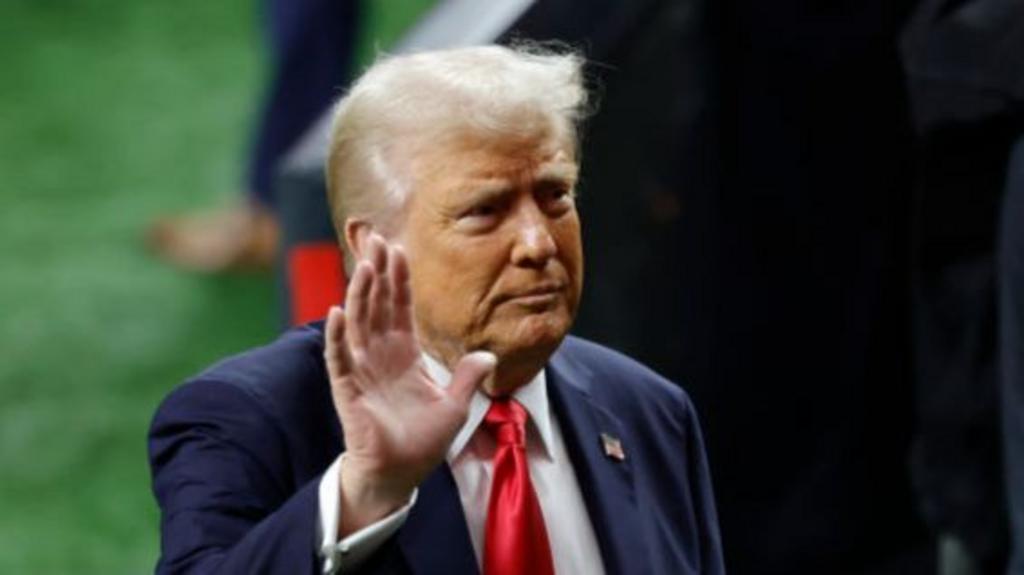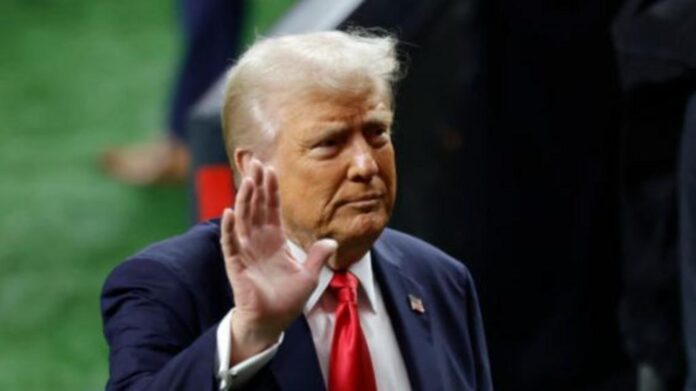
In a major escalation of trade policies, former U.S. President Donald Trump has announced that the United States will impose a 25% tariff on all steel and aluminum imports, effective Monday. Speaking to reporters aboard Air Force One on his way to the NFL Super Bowl in New Orleans, Trump also revealed plans for reciprocal tariffs, which could take effect as early as Tuesday or Wednesday.
Trump’s Tariff Strategy
Trump stated that the U.S. will match the tariff rates imposed by other countries, ensuring that trade partners do not have an unfair advantage. “And very simply, it’s, if they charge us, we charge them,” he said. He did not specify which countries would be affected but indicated that the plan applies globally.
During his previous presidency (2016-2020), Trump had imposed a 25% tariff on steel and 10% on aluminum but later introduced duty-free quotas for key trading partners, including Canada, Mexico, and Brazil. The Biden administration extended these exemptions to include Britain, Japan, and the European Union. However, Trump’s new tariffs could undo these arrangements.
Impact on Canada, Mexico, and Other Trade Partners
The new tariffs could significantly impact Canada, Mexico, and Brazil, which are the largest suppliers of steel to the U.S., followed by South Korea and Vietnam. In the first 11 months of 2024, Canada alone supplied 79% of the primary aluminum metal imported by the U.S., while Mexico remains a major exporter of aluminum scrap and alloy.
Targeting EU Trade Policies?
Trump has frequently criticized European Union (EU) trade policies, particularly the 10% tariff on auto imports compared to the 2.5% rate in the U.S.. He claims that while the EU restricts American car imports, European automakers ship millions of vehicles across the Atlantic.
Currently, the U.S. maintains a 25% tariff on pickup trucks, a key revenue source for American automakers General Motors, Ford, and Stellantis. According to World Trade Organization (WTO) data, the U.S. trade-weighted average tariff rate is about 2.2%, compared to 12% in India, 6.7% in Brazil, 5.1% in Vietnam, and 2.7% in EU countries.
Upcoming Announcements
Trump has promised a detailed news conference on Tuesday or Wednesday, where he will clarify the reciprocal tariff policy and its potential impact on global trade relations. His latest move signals a return to aggressive tariff strategies, which could lead to trade tensions with key U.S. allies and trading partners.
Sources By Agencies



